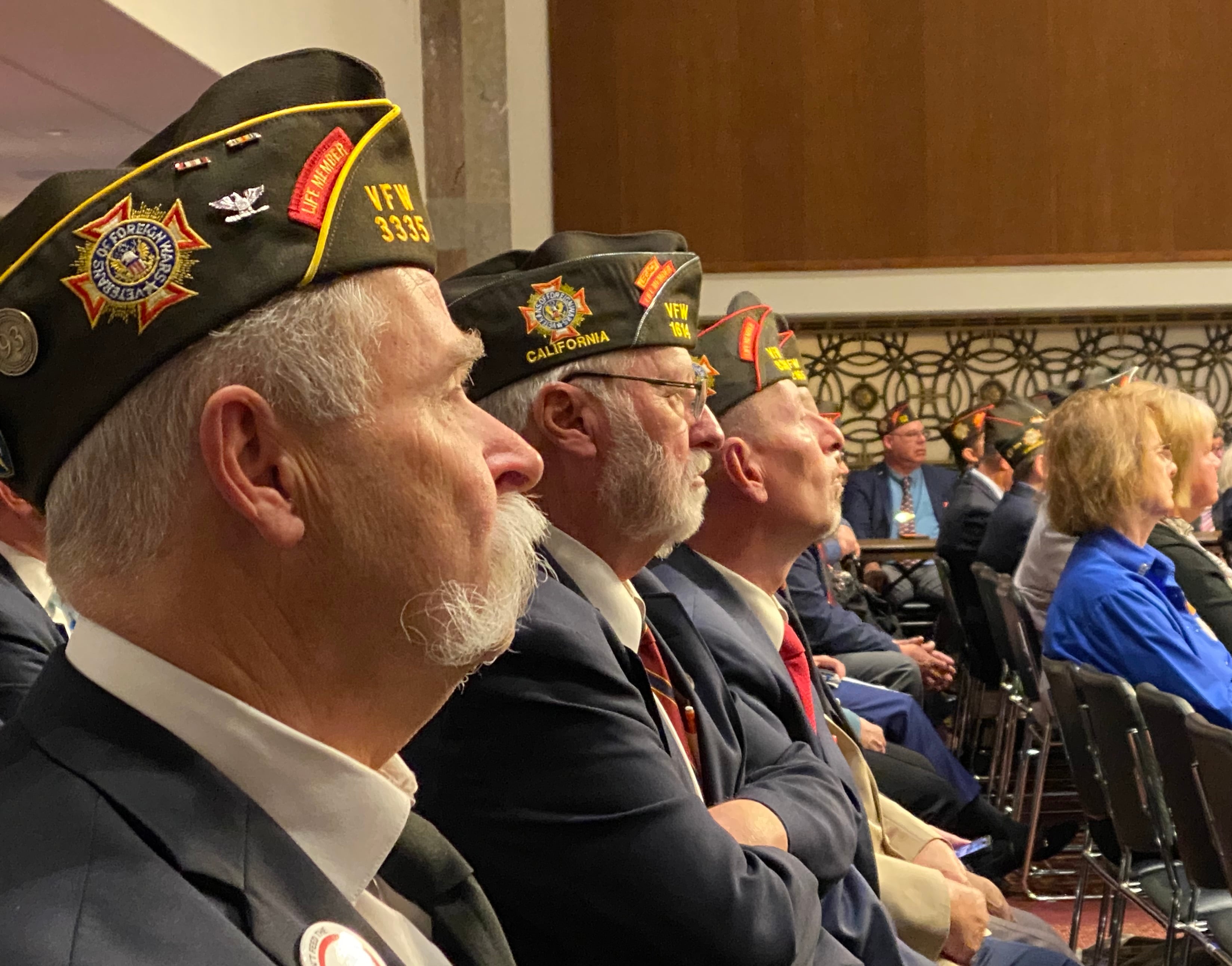U.S. Department of Veterans Affairs leaders plan to trim about 10,000 full-time jobs from agency offices in 2025 after last year’s hiring focus led to a larger than expected workforce, budget planners said Monday.
The cuts represent about 2% of the total VA employee count of more than 458,000, the largest total in department history. VA has seen significant additions in staffing in recent years, adding more than 82,000 workers to the payroll since 2019.
Laura Duke, chief financial officer for the Veterans Health Administration, said officials are now looking to better balance that rapid growth. Most of the 10,000 cuts will come from medical care sites where retirements and departures were lower than expected last year.
“We brought on an adequate workforce to deliver the care that we anticipate handling in 2025,” she said. “So we now need a trimming back down, so we can continue to hire in certain priority care areas, such as mental health.”
RELATED

Duke said that the decision to trim the workforce will not prevent planners from targeting certain regions or specialties as needed. Officials do not expect any reductions in services available to veterans as a result of the cuts.
“We’re going to look at individual markets and make sure that we are aligning the staff with areas where veterans are coming in to receive treatments,” she said.
The last time the VA workforce did not see meaningful annual growth was fiscal 2013, where the total number of full time workers (about 295,000) was essentially flat from the previous year.
Department leaders also plan to trim 104 positions from the department’s general administration offices, part of an effort to reduce management spending by roughly 4% next fiscal year.
VA Assistant Secretary for Management Jon Rychalski said most of those posts are already vacant, and the move is designed to underscore leadership efforts to keep costs and spending under control.
The White House’s budget request for Veterans Affairs calls for $369.3 billion in spending next fiscal year, a 13% boost from current fiscal year levels. However, most of that increase is contained in mandatory spending, including veterans disability benefits and medical care services.
Leo covers Congress, Veterans Affairs and the White House for Military Times. He has covered Washington, D.C. since 2004, focusing on military personnel and veterans policies. His work has earned numerous honors, including a 2009 Polk award, a 2010 National Headliner Award, the IAVA Leadership in Journalism award and the VFW News Media award.
In Other News




